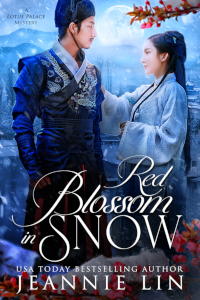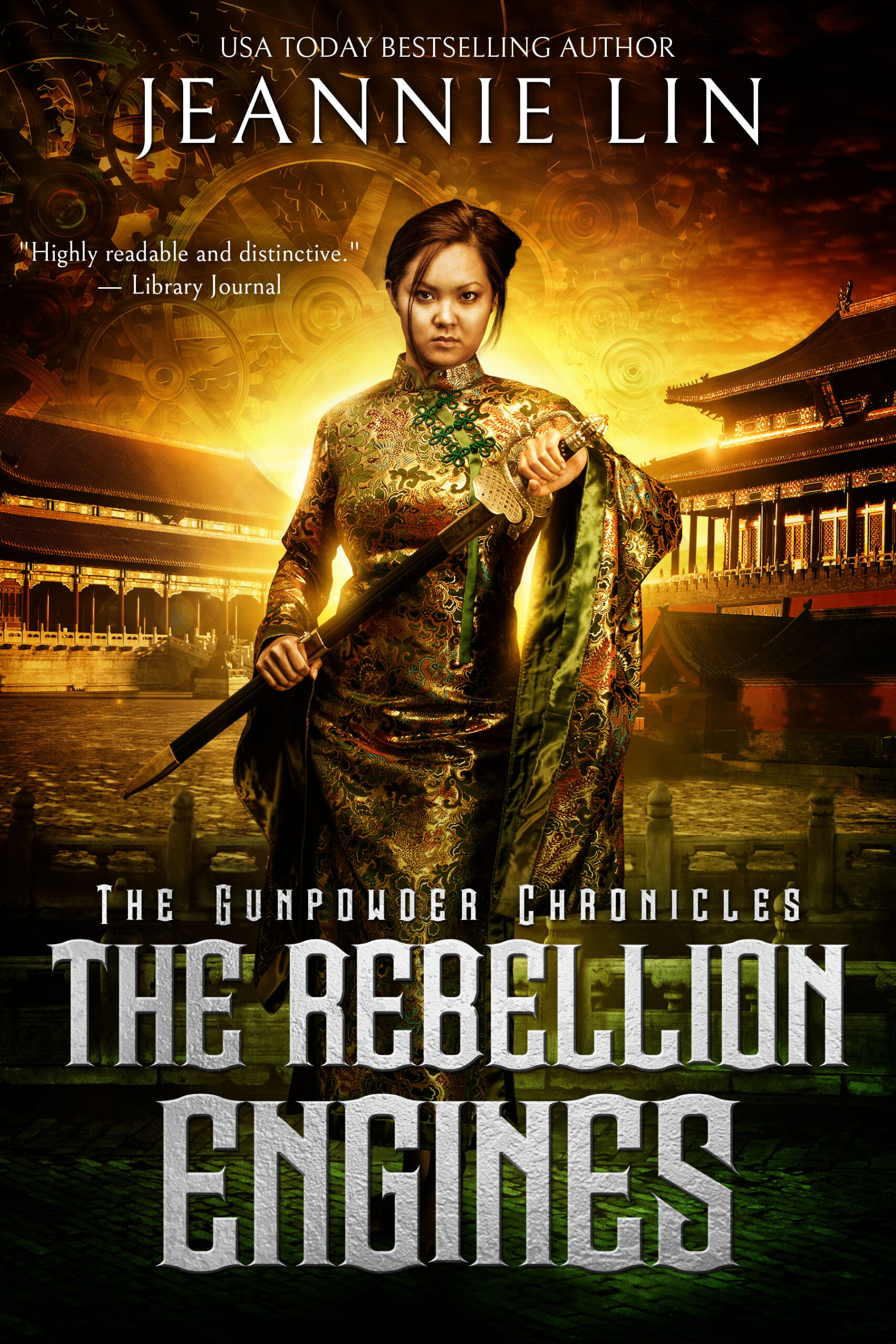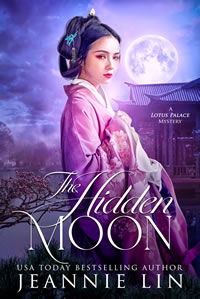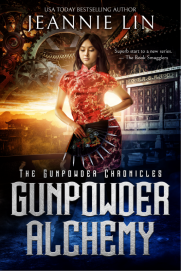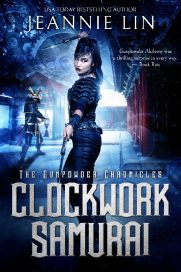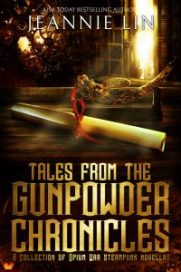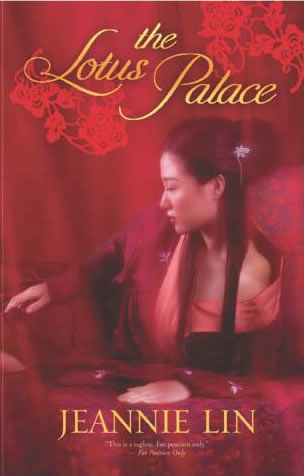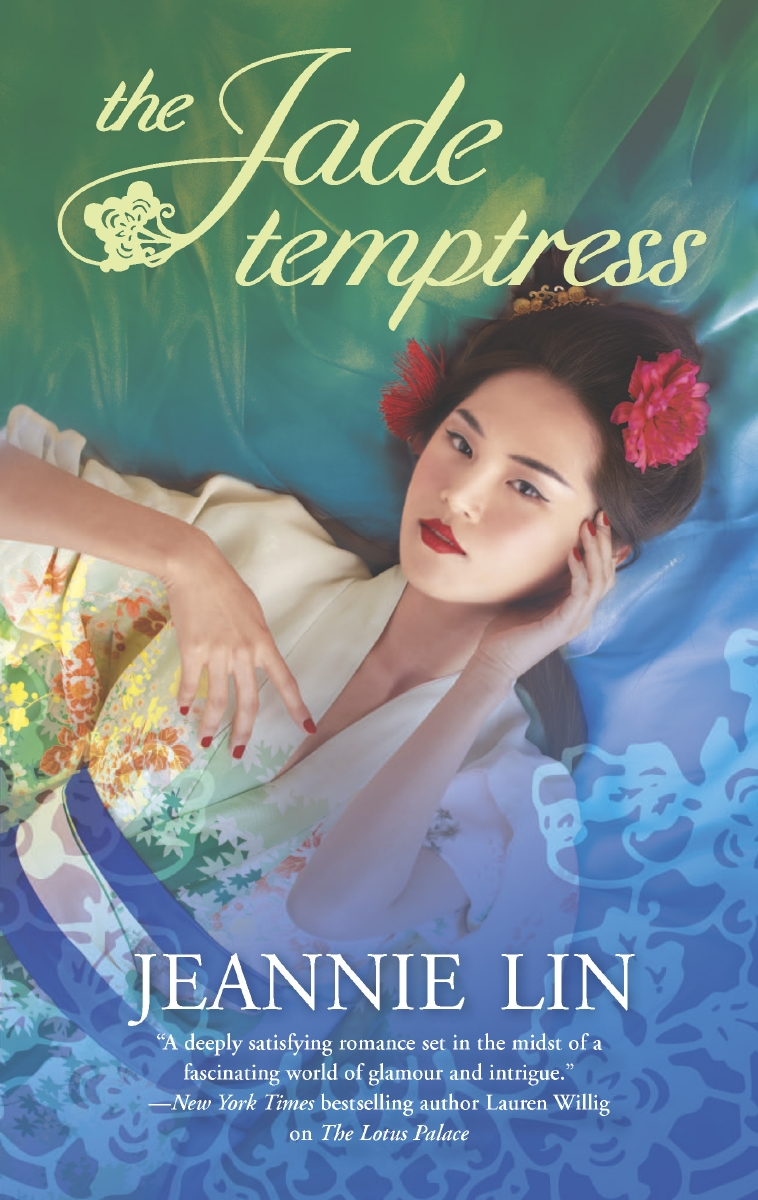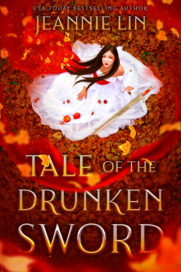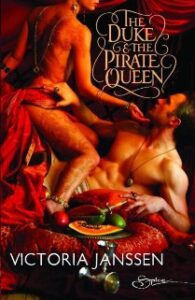 Today I’ve invited Victoria Janssen, fellow historical romance author, to come and discuss some of her research for the new release, The Duke and the Pirate Queen. What’s so fascinating about the book is that the heroine is a lady pirate from a fictional Asian empire.
Today I’ve invited Victoria Janssen, fellow historical romance author, to come and discuss some of her research for the new release, The Duke and the Pirate Queen. What’s so fascinating about the book is that the heroine is a lady pirate from a fictional Asian empire.
Victoria’s blog is an interesting source of historical research, writing craft, and how to blend the two. If you like this post here, then definitely pay her a visit and check out her books.
I thought today’s post was very fascinating. Not only because it sent me off on my own excursion looking up pirate info, but because there’s been many a time I’ve had to decide to leave historical research on the cutting room floor so it’s interesting to see another author’s thought process.
Welcome Victoria!
***
This is the story of how I did NOT use a great deal of my research.
When I began writing The Duke and the Pirate Queen I knew that the heroine, Captain Imena Leung, was of mixed race; her mother from a fictional empire analogous to China, and her father from somewhere else. I never did decide exactly where he came from, as he has only a small role in the novel; I suspect he’s from somewhere in this world’s equivalent to the Southern Pacific islands. I did know, however, that I wanted Imena to have fought pirates. And I wanted her ship to be attacked by pirates in the novel.
I began to research Asian pirates. I can’t recommend this book enough: Pirate of the Far East: 811-1639, for a concise yet detailed overview of that period, which includes not only details of pirate clothing, weapons, and tactics but fits those details into the appropriate geographic and political settings. I also read various accounts (in English) of Chinese pirates who encountered Westerners, and some further academic essays on how accurate those translations and compilations might be from an Asian perspective.
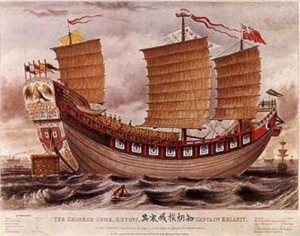
After all that, I had more than enough information to write about Asian pirates. However, I realized, too late, that I needed Imena to be surprised. I needed her to come up against something new to her that would throw her off-balance; since I’d already established she’d worked as a privateer for the Horizon Empire (the China analogue), she would already be familiar with the varieties of Asian pirates, and they would not incite much fear in her. I was, to use a nautical phrase, hoist on my own petard.
There was the added complication that, much as I enjoyed my reading about Asian pirates, when the majority of readers saw the word “pirate,” they would envision Pirates of the Caribbean. If I had the whole novel to set up my Asian pirates, I might have managed it; but I was focusing on the love story, which takes place mainly aboard ship, so the lovers are isolated from the rest of the world. By the time I realized the way I should have arranged the plot to use more of the research, I was too far into the novel to change it, and still make my deadline.
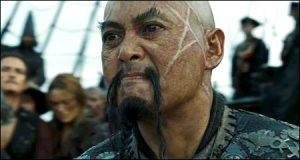
I finally decided to (mostly) use pirates that would bring to mind classic Hollywood movies, while adding just a few fantastical touches to make them fit better into the novel’s fantasy world. I used as much of my research as I could without letting my worldbuilding take over the romance.
So I didn’t get to use most of my research, but I was left with a thirst for further knowledge and a scarily long reading list. This will probably be my next read, if I can obtain a copy: Pirates, Prostitutes and Pullers: Explorations in the Ethno- and Social History of Southeast Asia. Hey, there’s always a future novel that needs researching!
General blurb:
The Duke and the Pirate Queen is set in the same world as The Duchess, Her Maid, The Groom & Their Lover and features characters who appeared in that novel, Duke Maxime and Captain Imena Leung. Captain Leung is forced to abduct Duke Maxime, who is her employer, to thwart an assassination plot against him. He wants her. She wants him. Unfortunately, issues of birth, rank, and their own pasts are in conflict with their desires. And then there are the pirates, the storm, the hostile islanders…not to mention the sharks.
Excerpt:
“Sir. Pirates, sir. Closing fast. Roxanne recognized the rigging on their mainsail. They’re from the Inland Sea, she says. To the north of the Horizon Empire.”
“Bloody flux in a hurricane.” Imena yanked a tunic over her singlet and belted on her cutlass. “Your Grace, you’d better go below. No, go with Norris. Into the cubby, Norris.”
“Sir,” Norris said.
“No,” Maxime said.
“Yes,” Imena said.
“Pirates aren’t after me in particular,” he said.
“You’re a valuable hostage, and you’re wasting my time,” she said.
“They won’t have any idea who I am. I might be able to help.”
And if pirates overran the ship, she wouldn’t want him to be trapped and helpless. She had a moment’s vision of finding his corpse, mangled and leaking blood onto the deck. Imena threw up her hands. “Fine. Don’t cry to me when they slice your ballocks off and wear them for earrings. Norris, get him a cutlass. And some clothes.”
“No pistols?” he asked as they hurried on deck.
“One shot and you’re left with a short club. No, thank you,” she said. “Stay behind me.”
“What if it comes to a fight?”
“Stay behind me,” she reiterated, though she wasn’t sure what she would do if he refused. She wouldn’t order the crew to subdue him unless his life was in immediate danger.
On deck, the crew were being issued weapons. Chetri stood near the prow, feet braced wide, a cutlass on either hip. Imena followed the direction of his gaze and had no trouble seeing not one, but two ships approaching rapidly, hull-up. He said, his voice eerily calm, “They came out of the sun. We were lucky Kiesha and Ailf had decided to seek a little privacy in the upper nest.”
Imena calculated rapidly in her head, changed a few variables, and calculated again. “It’s too late to run,” she said, regretfully. “Chetri? Am I wrong?”
He shook his head. “The wind is their friend today.”
Roxanne slid down the rigging and trotted over. “Oars, captain,” she said. She took a stone from her pocket and began sharpening the tip of her hook. “They keep oarsmen down below, so there’s no chance of being becalmed. Most carry cannon.”
Despite her years of privateering, Imena had never encountered the pirates of the Inland Sea; only once had she heard of them encroaching on the empire’s sea lanes, and the single ship had been quickly routed by the navy. The tales she’d heard about the Inland Pirates had made her glad of her escape, but now she wished she’d had some direct experience of them.
“I’ve fought them,” Chetri said. “I was a boy, but I remember it well.”
“Weaknesses?” Imena asked.
Chetri shook his head, his earrings chiming. “That would depend on the captain. Some are no worse than we might be. Some drink all sorts of potions before they go into battle, so they feel nothing and fear no one. The maddest of them build an immunity to certain poisons, so they may hold poisoned mastic in their mouths and thus spit poison at their enemies.”
Imena said, “We’ll expect the worst. Chetri, you’ll take the offensive fighters, but hold them unless you see an advantage in attack. Roxanne, you’ll command defense.”
#
Incidentally, here’s a YouTube video of Japanese traditional tattooing.
Here’s how I used that in the story:
On the second morning, in a temporary lull in the work on the ship, Seretse set a blanket on the beach. Next to it, he laid out his tattooing tools, wooden handles with clusters of needles at one end. He’d recruited Annja to keep water boiling over a small fire, to supply him with a stream of clean cloths, which he used throughout the process to wipe blood and excess ink from his client’s skin. Annja would also clean the needled tools of blood after they were used. Maxime thus had an excellent excuse to wander over and chat with her. He wasn’t the only one who found the prospect of watching Seretse pound colored ink into people’s skins fascinating.
Most of the time was spent on Kuan, whose back was already covered with outlines of fish; Seretse was coloring in a section of the outlines with soft, steady strokes.
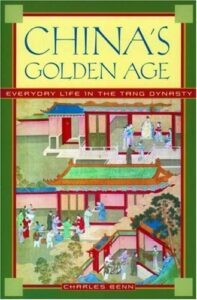 I always research in stages. First, I do some preliminary research before I start drafting. Then, once the work is done and I’m waiting for beta readers to comment (like right now), I research deeper into the areas of the book I know need to be fleshed out.
I always research in stages. First, I do some preliminary research before I start drafting. Then, once the work is done and I’m waiting for beta readers to comment (like right now), I research deeper into the areas of the book I know need to be fleshed out.


